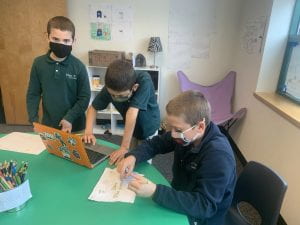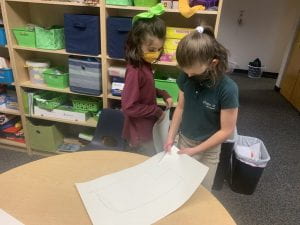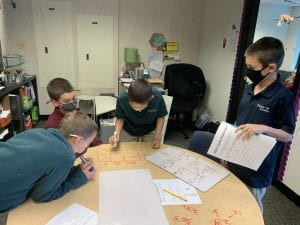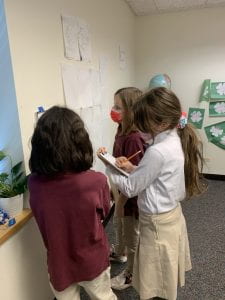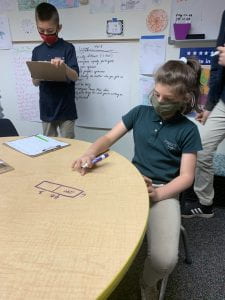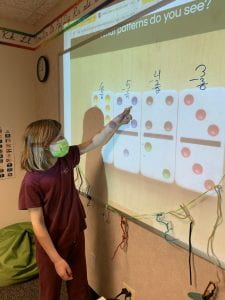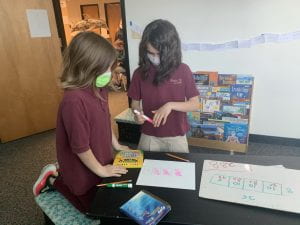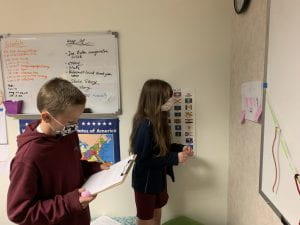Hello everyone,
Even though this was a short week we still had lots of great learning opportunities.
We participated in Ms. Sorya’s class service project to help save the bees. The students watched a video explaining why bees are so important and why they are endangered. We discussed how the bees vanishing would drastically affect what food we have available, the production of fabric, and how much these items would cost. The students were each given a flower bulb of a plant that attracts bees and a rock to paint and put in their garden with their plant. The students loved showing their creativity with their painted rocks!



We also did our part to help save the bees by writing letters to our state representative. We looked up who the representative is for Plato’s district and the students have started writing letters explaining why the bees are important and asking for restrictions in the use of bee killing pesticides. The students learned how to format a business letter, are using professional language, and are editing their work in the hopes that they can convince our representative to follow our request. We are going to continue working on our letters and hopefully mail them next week.
For Mindset Math, we learned a new math game: Target 20. The students rolled dice to generate four numbers. They needed to use all of those numbers to make twenty using any combination of operations. The students used addition, subtraction, multiplication and division together in ways they hadn’t before. They took what they knew about each operation to decide which ones were going to be useful with each set of numbers. The goal of this game was to develop flexibility in the way students use operations to get different answers.

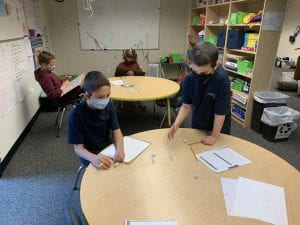

To build off of the concepts practiced in Target 20, the students were also challenged with the four 4s task. Unlike Target 20 where students needed to get the same answer using four different numbers, this time the students needed to find equations to create each of the numbers one through ten using only four 4s. As the students developed their equations, we explored the use of parentheses. We realized that some equations only worked when they were written in a very specific order. The students discovered that parentheses are a great way to show that one part of the problem needs to be done first, even if it isn’t the first thing written in the problem. While the students worked as a class to find all of the solutions to find the numbers one through nine, we struggled finding a solution for ten. We took a moment to learn about square roots, which would be an easy way to turn a four into a two. The students were able to quickly apply this to their equations and came up with a solution for ten.

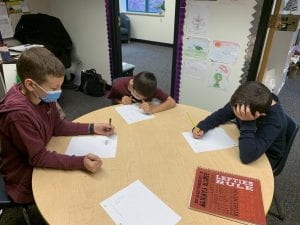
We read a fascinating book about how the United States has grown over the years. We learned about various points in the country’s history- from the revolutionary war, the pioneer days, the civil war, the gold rush, and today. The students loved seeing when each of the states was added to the Union and were surprised that they weren’t added necessarily from east to west. The students were also interested in how the events going on in history contributed to which states were added when.
In addition to all of this, we’ve added our Midwestern states to our map and our timeline of when the states were added to the Union. Next week we will be starting our final region: the West!

Have a great weekend!
